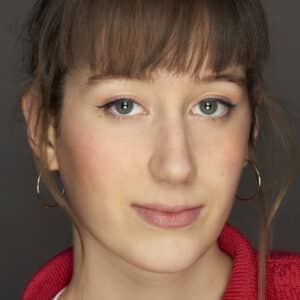Rocks around here are as big as icebergs, ancient menhirs dot the landscape, and langoustines are eaten with the fingers. With 125 boats and 570 sailors, the port of Guilvinec-Léchiagat is France’s leading artisanal fishing port. This identity, procl...



